The language of flowers has captivated human imagination for centuries, with roses reigning as the undisputed sovereigns of floral symbolism. Among all blossoms, none carries such nuanced meanings as the rose, where every hue whispers a different secret to those who understand its chromatic vocabulary. The Romance of Roses transcends mere aesthetics, embedding layers of cultural significance that have evolved through poetry, art, and centuries of human interaction.
Red roses need no introduction to their passionate declaration. These crimson blossoms have become synonymous with deep love and desire, their very pigment mirroring the flush of romantic ardor. Historical accounts trace this association to Greek and Roman mythology, where red roses were linked to Aphrodite and Venus, goddesses of love. Victorian-era floriography elevated their status further, establishing them as the ultimate floral love letter. Modern florists note that deeper burgundy varieties convey unconscious beauty, while bright scarlet speaks of courage and respect—a nuance often overlooked in contemporary interpretations.
Contrasting sharply with their fiery cousins, white roses embody purity and new beginnings. Bridal bouquets frequently feature these alabaster blooms not merely for their aesthetic appeal, but for their symbolic representation of youthful innocence and spiritual love. Historical records show white roses adorned medieval churches during Marian feasts, later adopted by suffragettes as emblems of women's virtue and solidarity. Today, they serve dual purposes—celebrating marriages while also offering solemn tribute at memorials, their clean petals suggesting the soul's transcendence.
Sunny yellow roses radiate warmth of an entirely different nature. Once mistakenly associated with jealousy (a confusion stemming from Persian floral traditions), these golden blossoms now signify friendship and joy. Victorian correspondences reveal how yellow roses were exchanged between companions to express platonic affection, a practice revived in modern times. Floral historians note an interesting shift—lemon-yellow varieties suggest excitement at reunions, while deep golden tones express mature appreciation, making them ideal for thanking mentors or celebrating career milestones.
The enigmatic purple rose carries an air of mystique few other flowers possess. Lavender varieties whisper of love at first sight, their delicate petals capturing the fleeting magic of instant attraction. Deeper aubergine tones, however, speak to majesty and enchantment, frequently appearing in royal bouquets throughout Renaissance Europe. Contemporary florists observe rising demand for these uncommon blooms among unconventional romantics and artists, their unusual pigment symbolizing the extraordinary nature of the recipient.
Peach roses present a fascinating study in floral semantics. Their gentle gradient embodies modesty and sincerity, often serving as diplomatic peace offerings after disagreements. Historical documents from Edwardian England reveal how peach rose arrangements were sent to convey gratitude without romantic implication. Modern interpretations have expanded their meaning—coral variations suggest growing passion, while pale peach conveys sympathy, making them versatile communicators in complex social situations.
Black roses, despite their Gothic associations, tell a more nuanced story. These deep burgundy-to-charcoal blooms actually symbolize rebirth and major change rather than doom. Turkish and Georgian floral traditions used near-black roses in rituals marking life transitions. Contemporary floral designers employ them in arrangements commemorating career changes or personal transformations, their dramatic appearance underscoring the courage required for reinvention.
Rainbow roses, a relatively modern horticultural achievement, defy traditional symbolism with their vibrant streaks. These technicolor marvels represent joyfulness and celebration of diversity, becoming increasingly popular at Pride events and multicultural gatherings. Floral scientists note an interesting phenomenon—recipients of rainbow roses report elevated moods, suggesting their psychological impact matches their visual exuberance.
Understanding rose color symbolism allows for remarkably precise emotional expression. A bouquet combining red and white roses speaks of unity, while yellow and purple together celebrate joyful enchantment. Floral linguists suggest that mixed arrangements create nuanced messages—perhaps why Tudor gardens deliberately planted complementary colors together. Today's florists continue this tradition, crafting chromatic poetry that resonates across cultures and generations.
The next time you encounter roses, look beyond their thorns and petals. Each color holds centuries of human emotion, waiting to be understood. Whether choosing blooms for a wedding, apology, or celebration of friendship, remembering their secret language adds depth to our most meaningful moments. In our digital age, the rose persists as nature's most eloquent emoticon—a botanical shorthand for the heart's ineffable whispers.
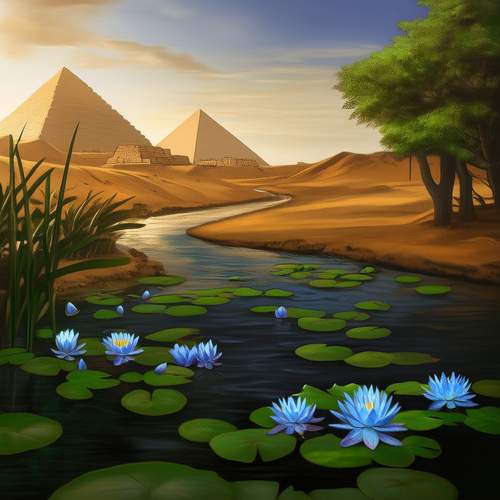
By /May 21, 2025
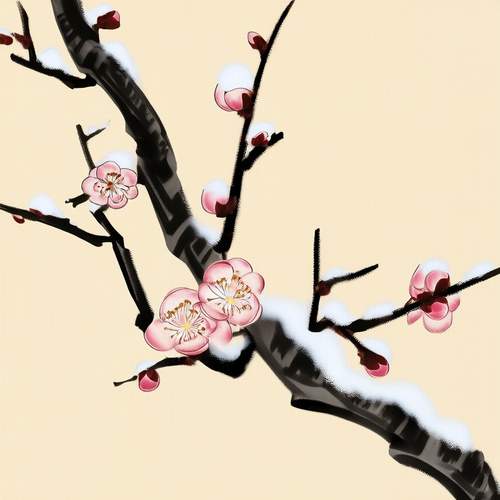
By /May 21, 2025
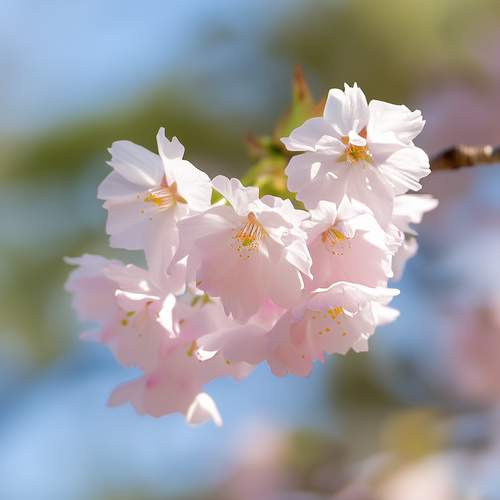
By /May 21, 2025
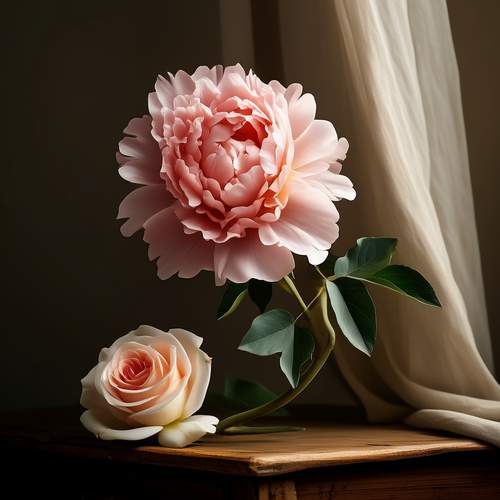
By /May 21, 2025
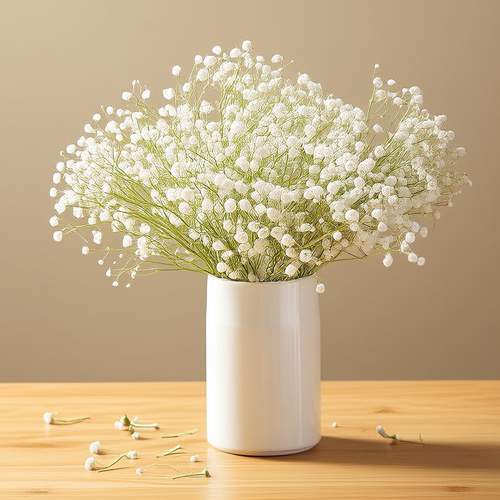
By /May 21, 2025
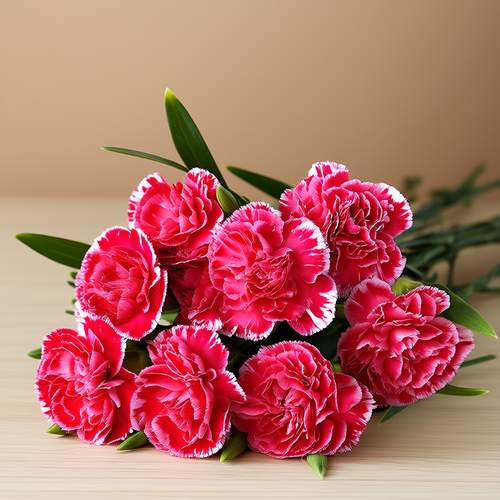
By /May 21, 2025
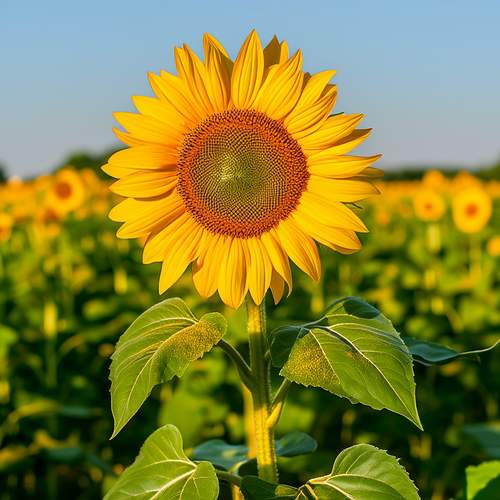
By /May 21, 2025
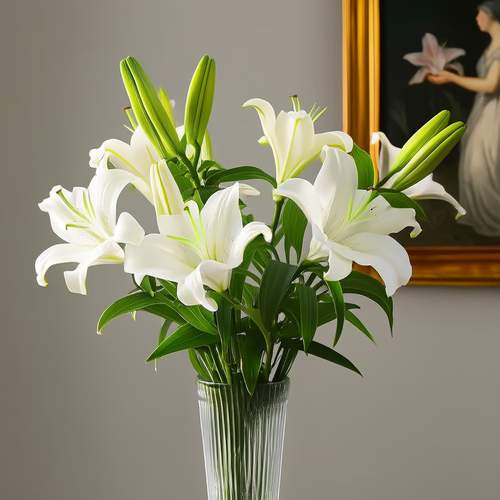
By /May 21, 2025
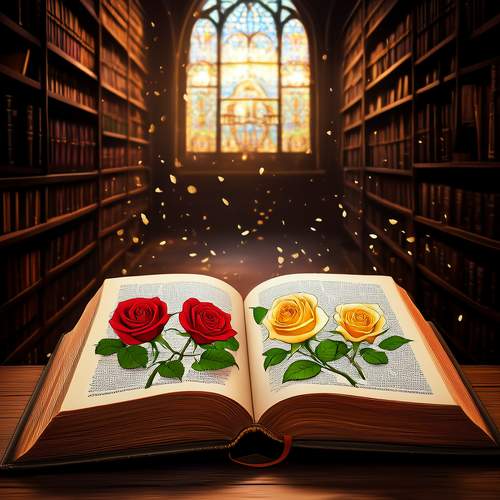
By /May 21, 2025

By /May 17, 2025

By /May 17, 2025
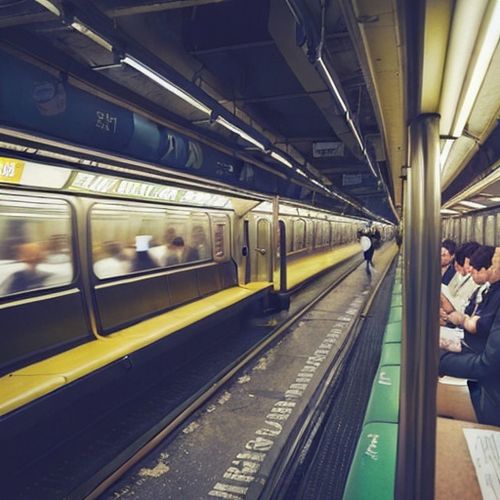
By /May 17, 2025

By /May 17, 2025
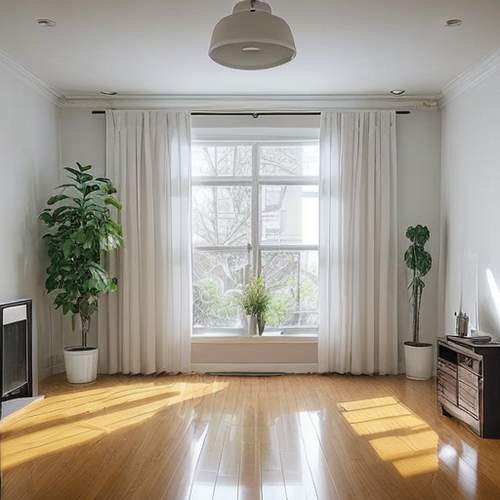
By /May 17, 2025

By /May 17, 2025
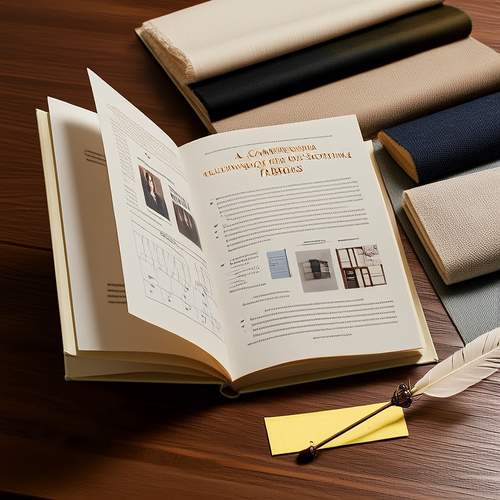
By /May 17, 2025

By /May 17, 2025
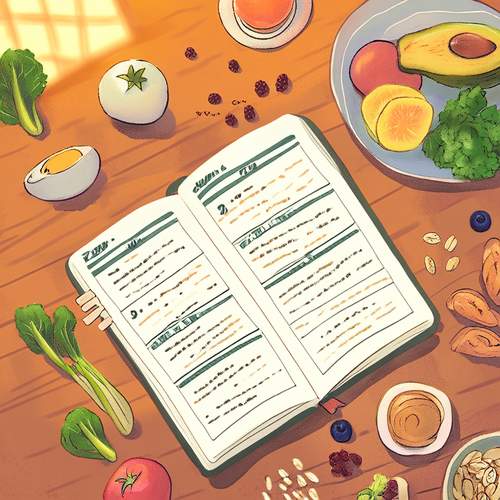
By /May 17, 2025

By David Anderson/Apr 29, 2025